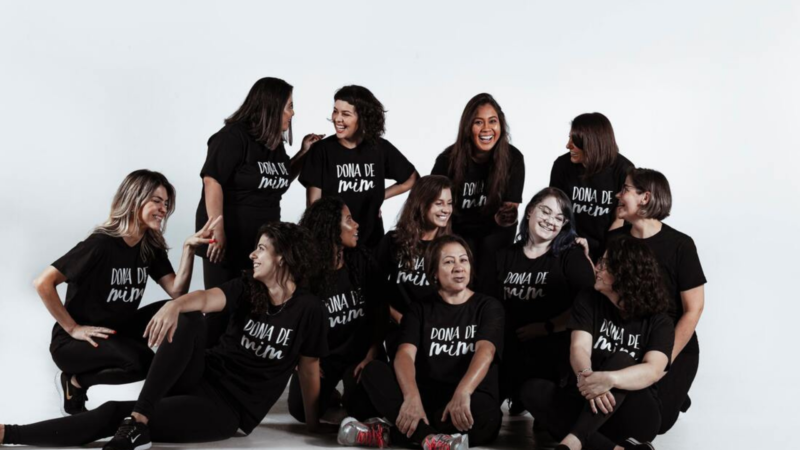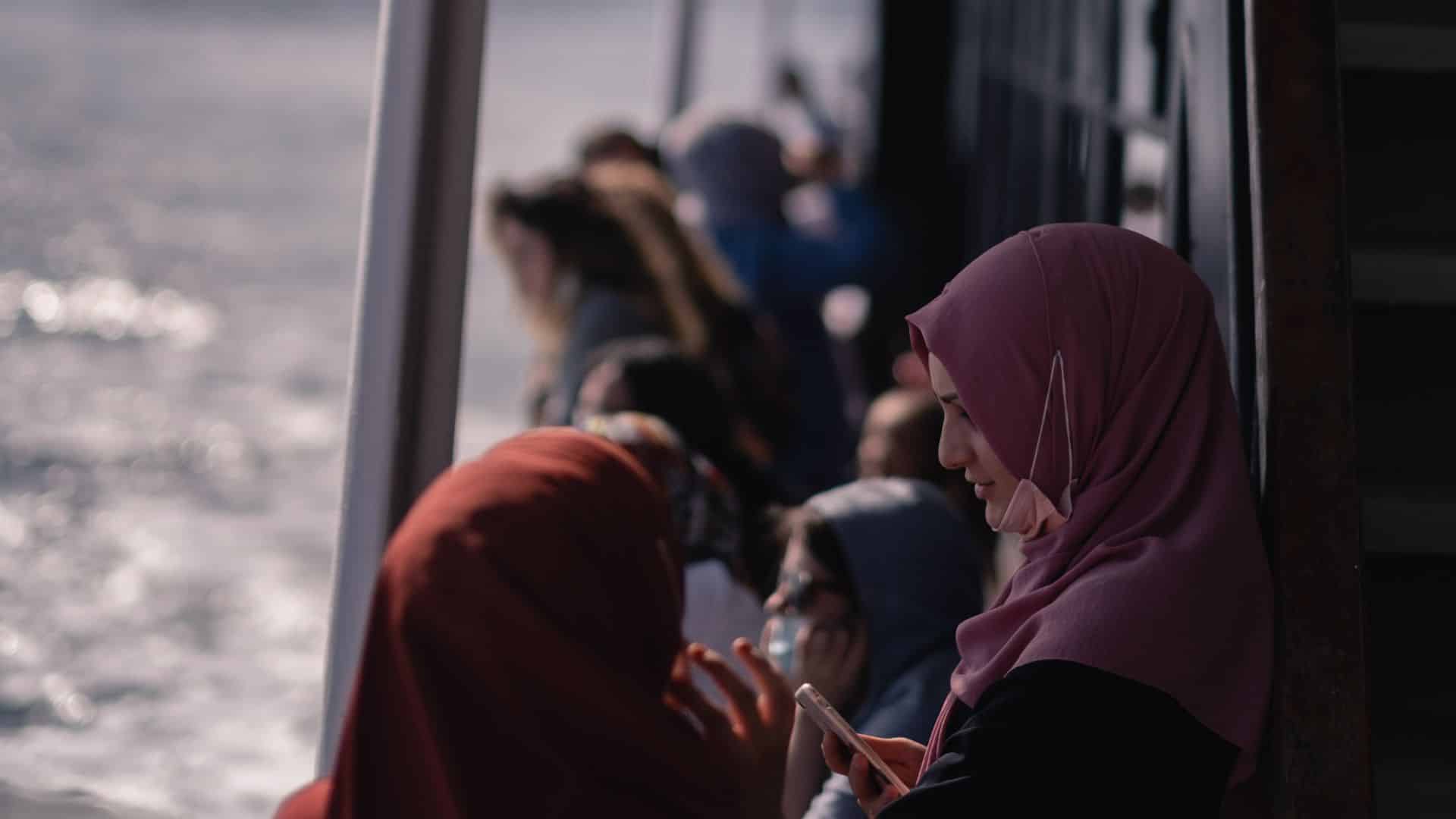To be clear, the challenges that female tour guides face are not exclusive to women. Nor do all females feel incapable of navigating them successfully.
However, in many cultures there is often added pressure for women to be warm, accommodating, and nurturing which can make it difficult for female tour guides to address unwanted attention from guests during a tour.
Add on to that a ‘the customer is always right’ atmosphere when the threat of a bad review can easily be held over you.
For example, here are some things that have happened (often) to me, or to female guides I know;
- A one-person-tour quickly turns into a date the guide didn’t sign up for
- A guest flirts with the guide & then is angry when their guide does not respond
- A guest flirts with the guide in front of their partner, making the partner hostile towards the guest
- Unwanted touching/personal questions/attention/pressure to drink/etc
- The guest aggressively battles for control over the tour (talking over the guide & giving their own information)
While this article is NOT about sexual harassment specifically (I am by no means an authority on the topic), I want to offer teams a few ways to account for these challenges that your female tour guides will most definitely face at some point.

Share this article
How to address these challenges with your team.
1. Acknowledge (to your team) that these challenges occur & are NOT ok.
It should be very clear to your entire team (regardless of their gender) what behavior is not acceptable from guests.
And make sure to familiarize yourself with local Harassment laws and policies*.
I personally find the #ThatsHarassment videos useful.
It might seem obvious, but your team needs to hear from you pubically what is considered ‘not ok’ to feel empowered.
*What is defined as “Harassment” or “Sexual Harassment” varies greatly from country to country so you’ll need to come up with your own company taking into account both local laws, the cultures of your guests, and also what your guides are comfortable with.
Related articles:
2. Give your team a clear plan of action.
Once your guides know what they don’t have to put up with, give them a plan of action that they can easily reference.
How should they report an incident? Whom can they call during the tour if they’re having difficulty? What autonomy do they have (e.g. can they kick someone off the tour if necessary- what are the steps to do this)?
This plan should be easy for guides to follow and realistic.
If you tell them to call the CEO (who has an intimidating personality and has never interacted with your guides… team), your guides might not feel comfortable reaching out with what is already an uncomfortable situation.
BONUS- Give your guides the tools they need to stand up for themselves during a tour.
My favorite way to train guides for stressful situations is through group brainstorming and role-playing in a safe environment.
Or you can simply give your guides the space to talk.
At one guide conference, I ran, a guide led a wonderful session where she encouraged women (men were welcome to join the session but as listeners) to share how they felt on tours, and on their teams as a female.
At another conference, we held a casual ‘women meet-up’ at a cafe which sparked incredibly actionable conversation.
Keep in mind that this is a very sensitive topic, you will need to be very intentional as to who might be able to lead this training.
BONUS- Have a company Safe Space Policy.
I first got the idea of a Safe Space Policy from one of my favorite bookshops in NYC, Bluestockings.
Their Safe Space Policy clearly outlines what behavior is acceptable and what is not, leaving both their guests and employees to be responsible for maintaining the ‘safe space’.
I’ve since implemented a Safe Space Policy at every company I’ve worked at.
A public-facing one (empowering both our guides & guests to maintain a ‘safe space’ during tours), and an internal one (to ensure our workplace is a ‘safe space’ as well).


